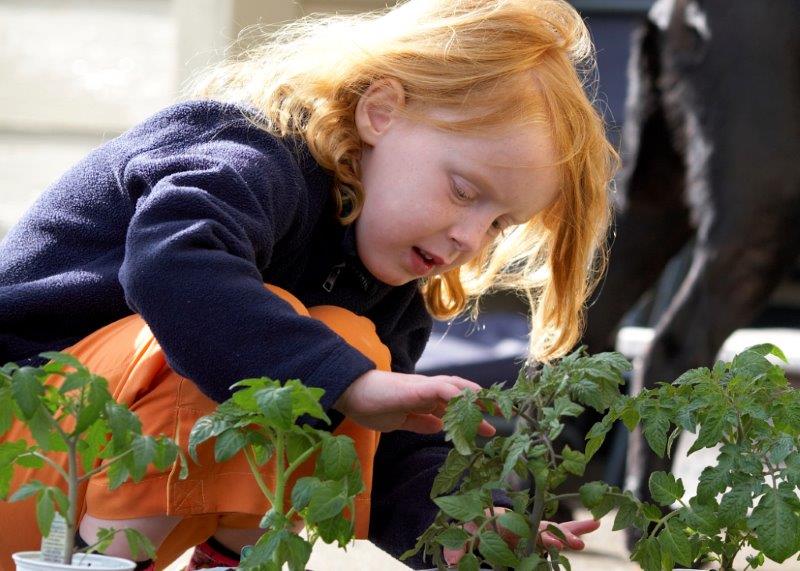A wide variety of animals for you to look at and feed. There is an outdoor play area for children under 8, a beach to play and build sandcastles for all ages, and an indoor ball pool and soft play for children under 5.
A lovely little range from guinea pigs to micro pigs, via parrots, horses and alpacas.




